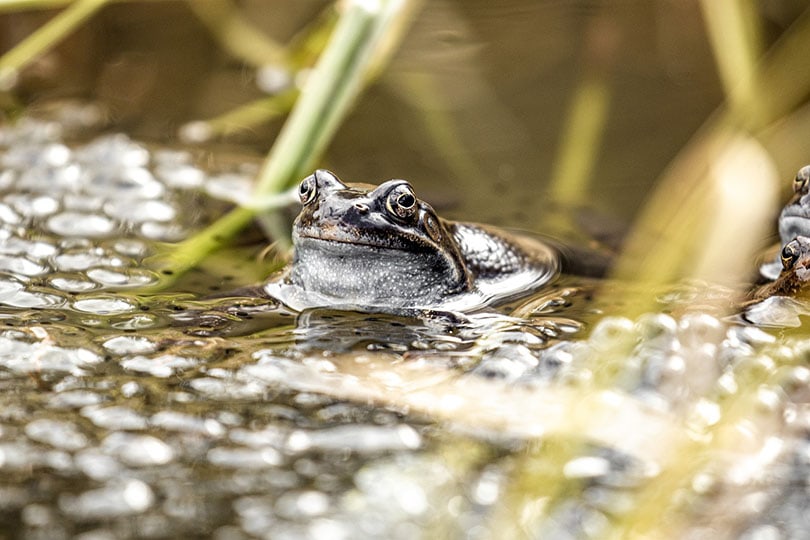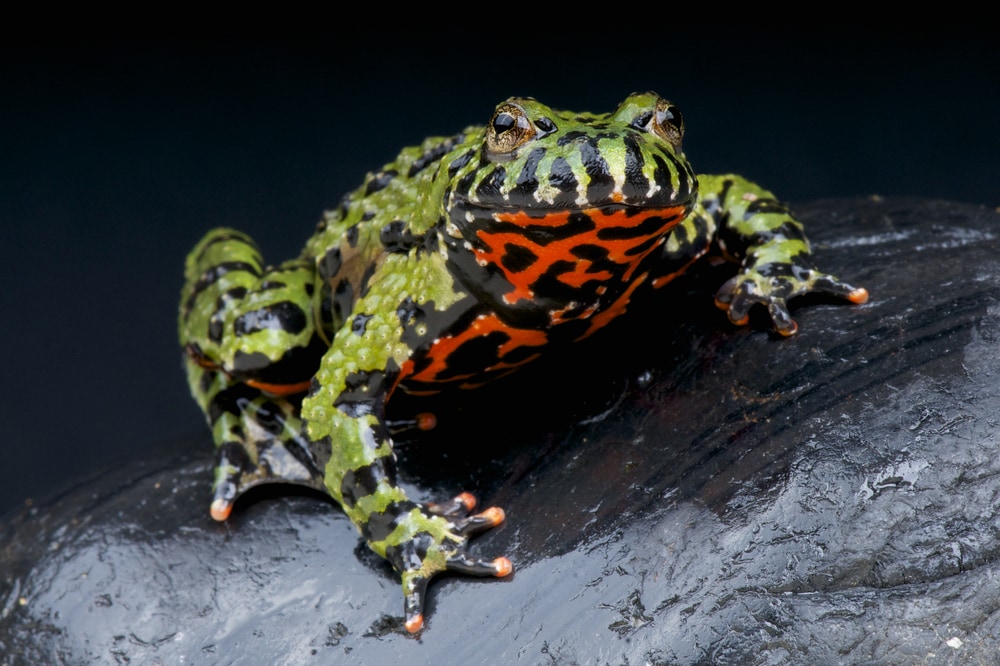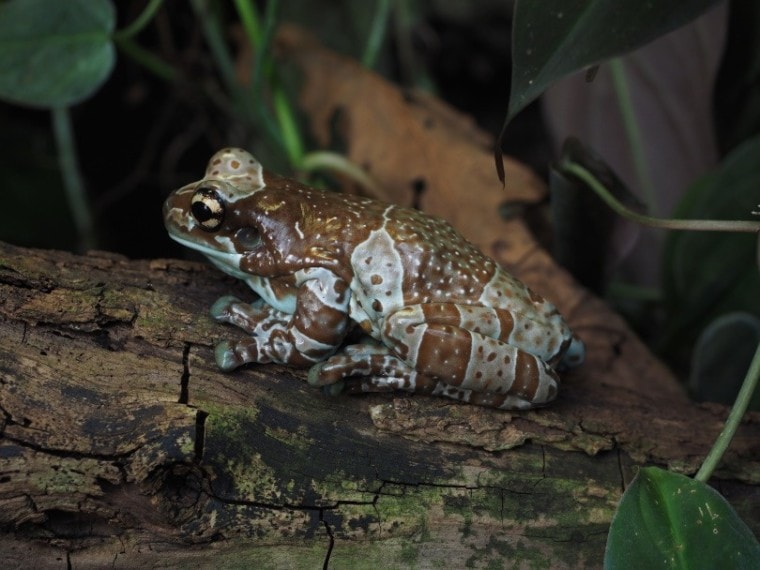
When you think of getting a pet, a toad may not be the first animal that comes to mind. However, toads are interesting, fun pets to own! There are hundreds of species of toads in the world, so when choosing one as a pet, you have plenty of options.
Caring for toads doesn’t have to be difficult, but they do have specific needs that must be met for them in order to thrive, so here are the things that you should know about the care of toads.
Toad Facts
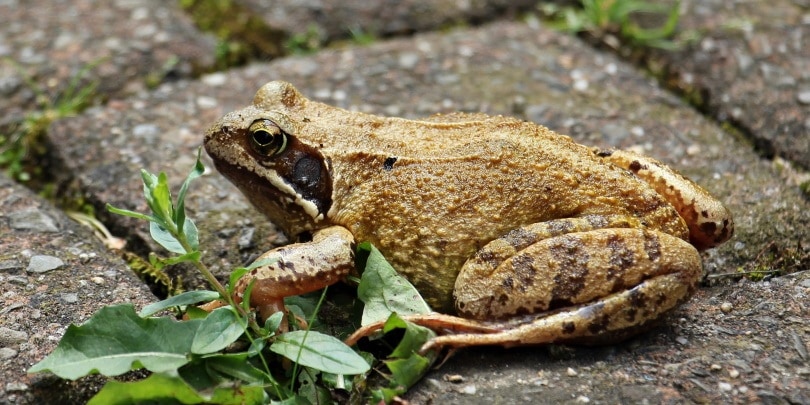
Most people know there are differences between frogs and toads, but what most people don’t realize is that all toads are frogs, but not all frogs are toads, meaning that toads are a subspecies of frogs. Toads are amphibians, but many of them are completely terrestrial once they reach adulthood. Toads are frequently found in cool, damp areas like underneath logs and rocks, and in some areas, they’re quite visible in the summertime when they’re out looking for food or a mate.
Toads are coated in a toxin that is relatively harmless to most humans and animals, but it is bitter tasting. They developed this trait to protect them from predators, as anyone who’s ever seen their dog pick up a toad can attest to. Obviously, you’ll want to make sure to wash your hands after handling a toad, but the myth that toads cause warts is false.
One thing that may surprise you about toads is that they don’t ribbit. Toads have a high-pitched “song” that they sing to interact with other toads, but if you’re hearing ribbiting, it isn’t from a toad.
Are Toads Good Pets?
Toads are interesting pets that are considered low maintenance. Most of them are content to spend time alone or in the presence of other toads and generally are indifferent or don’t like to be held by people. They do learn patterns, though, so if you feed them consistently at the same time, your toad will likely begin to approach when they see you, expecting to get a meal.
Adult toads are usually considered to be nocturnal animals, but in nature, they are sometimes out and about when the weather is rainy because it provides them the opportunity to grab insects, like earthworms, driven into the open by the rain. Juvenile toads are usually diurnal, meaning they are most active during the day.
On a daily basis, there is likely little that you’ll need to do for your toad. Depending on the size of their enclosure, you may have to remove waste every day or two. The daily tasks that are guaranteed with your toad, though, include providing them with fresh, clean water and food.
Where Can I Get a Toad?
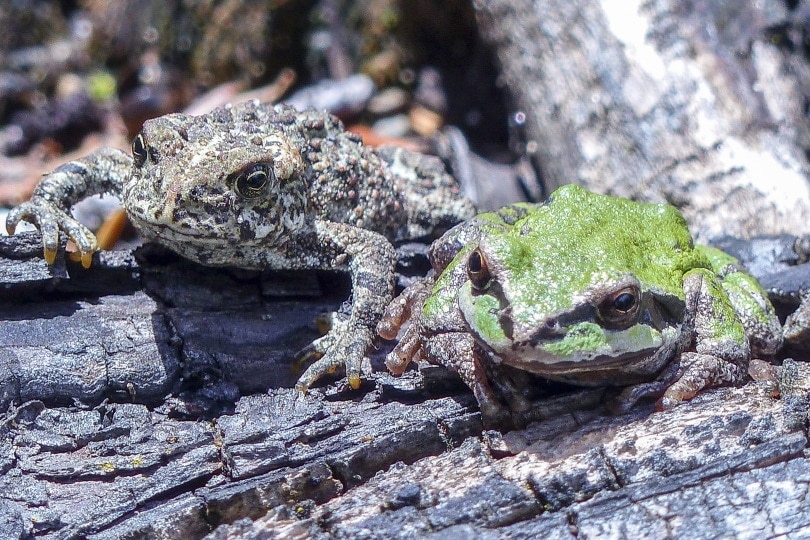
Many pet stores sell different types of toads and you may luck into finding a rare or unusual toad in a pet store, but more often than not, you’ll find common toads like Fire-Bellied toads, which are semi-aquatic, and American toads, which are terrestrial. For more specialized toads, you’ll have to look online for specialty shops and breeders. Other toads commonly kept as pets include Harlequin toads, Marine toads, Crested toads, Yellow Spotted Climbing toads, Suriname toads, and Colorado River toads. You may also stumble upon an unusual variety of a more common toad, like albino Fire-Bellied toads or different color varieties of Harlequin toads.
How Much Does It Cost to Own a Toad?
Toads are generally inexpensive to acquire, running between $10 and $30. Specialty or unusual toads will usually be more expensive but usually do not exceed $150. When you purchase a toad, you’ll also need to buy an enclosure. Basic small enclosures are around $20t to $30, while larger and more elaborate enclosures can run upward of $75. You’ll also need substrate, which can be anywhere from $5 up, a heat lamp for basking, and a light that provides low-level UVB rays, and it will cost you $30 or more total for both items. Heat mats are also acceptable. Don’t forget to grab gut-loaded insects to feed your toad, which will cost you a few dollars.
Toads do not require regular vet visits, so you don’t have to worry about the cost of office visits, vaccines, and things that mammals routinely need. However, this means if you do need to take your toad to the vet, it’s likely there is a problem. If they are injured or ill, it will cost you an office visit fee, which is usually $60 or more, along with the cost of any medications or treatments.
What Kind of Home Does My Toad Need?

Enclosure
Your toad’s enclosure should be large enough for them to move around, exercise, and hunt. They also need enough space to get away from the tank’s heat source as desired. There are dozens, if not hundreds, of enclosure options on the market.
Substrate
Substrate for toads should be absorbent, so coco coir, sphagnum moss, and reptile substrate bark are all good options. The substrate should be relatively soft, which means gravel, sand, and rock-textured mats are not good options.
Light and Heat
It’s recommended to provide your toad with a light that provides low-level UVB light rays, but this isn’t absolutely necessary, especially if they are in a room with natural light. They do need access to a basking area but should be able to get away from the heat when they need to. Keep in mind that toads are cold-blooded, so they need heat for energy.
Hides
Your toad will love having places to hide in their enclosure. Plants, fake or real, are good options for toads to hang out in or under, as is soft substrate. Caves and bridges that they can hide beneath can be hiding spots that are protected from the heat of the heat lamp.

Food and Water
Your toad should always have access to clean, chlorine-free water. Most toads, even terrestrial toads, will appreciate having an area with shallow water that they can drink from or spend time in. It should be shallow enough that they can sit in it with their head above the water. Keeping half of the enclosure’s substrate dampened enables them to have access to a moist area and a dry area, but they should still have access to drinking water.
A food dish isn’t necessary for toads because most of them get a diet of live insects and usually will eat them quickly. If you’re feeding them wax worms or something similar that is unlikely to escape, a food bowl may come in handy, but a food bowl isn’t going to work for insects like crickets.
What Should I Feed My Toad?
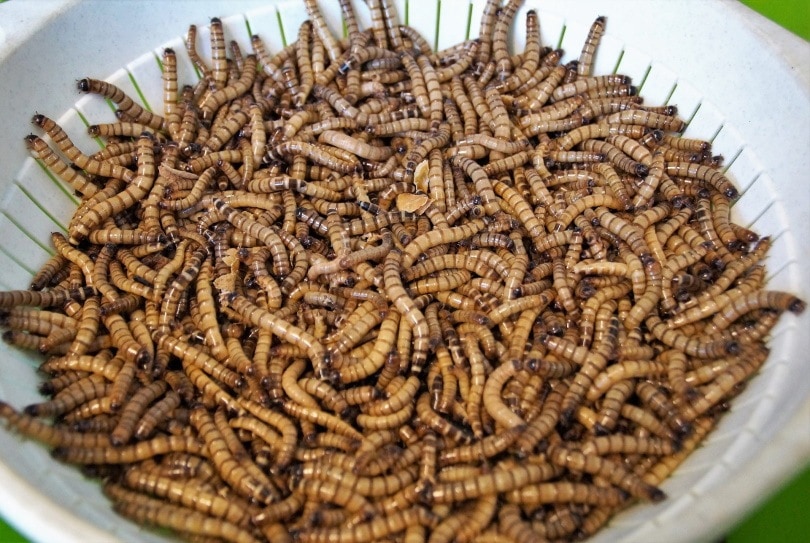
Toads are insectivores and will typically only eat live prey, so there isn’t a commercial toad food option available. You can feed them crickets, wax worms, earthworms, mealworms, and other similar insects. Toads should be fed insects that are dusted with a calcium and amphibian vitamin supplement or that have been gut-loaded. Gut-loaded insects have been fed a specific diet that makes them more nutritionally complete for the toad.
You have the option to purchase live insects from most pet stores, and usually, you’ll have a couple of options to choose from. You can also investigate what it would require for you to keep and grow your own live food for your toad, which will save you money in the long run.
How Do I Take Care of My Toad?
Feeding
Juvenile toads should be fed every day, but adult toads usually only need to be fed every other day. Most toads won’t eat if they aren’t hungry.
Handling

Your toad may get comfortable with routine handling, but it isn’t usually their preference. They prefer to be on their substrate or in the water so they can feel safe and secure and have the opportunity to hunt.
Shedding
Even though they aren’t reptiles, toads do shed their skin. Juveniles shed their skin every couple of months, while adults usually only shed their skin twice a year. You may notice leftover shed on their toes, which will usually work their way off in a damp environment. You’re not likely to spot shed in the enclosure, though, because most toads will eat their shed skin to absorb the nutrients.
Bathing
Toads do not require bathing and if provided a hygienic environment, will usually stay quite clean.

Brumation
Brumation is a semi-hibernation state that toads in nature enter that causes a decrease in metabolism, which means they require little to no food to survive. They will usually hide underground or deep beneath leaves during brumation. Captive toads don’t have to have a brumation period but may be healthier if one is provided. A consistently cool environment is needed for brumation, but you’ll need to keep a close eye on temperature and moisture levels during brumation.
Enclosure Care
You should be removing waste from your toad’s enclosure when it’s there, which can be daily or only a couple of times per week. You’ll need to fully replace the substrate from time to time, depending on moisture levels, the size of the enclosure, and how much waste your toad produces. Make sure to refresh their water daily and remove dead insects from the enclosure within a day if not eaten.
How Do I Know If My Toad Is Sick?

Lethargy/Inappetence
While lethargy and inappetence are both technically clinical signs, they can be indicative of a few issues. These are most commonly caused by environmental stressors, which can include inappropriate heat or lighting, overcrowding, or water quality problems. Ensure that your toad’s environment is appropriate, and move forward with treatment from there.
Weight Loss
Weight loss can be caused by underfeeding or malnutrition caused by no dietary variety or no supplementation. It is possible for toads to have internal problems like tumors, so if improving your toad’s diet doesn’t seem to help them feel better, you will need to have a vet evaluate them.
Bloating/Weight Gain
Bloating in toads is most commonly caused by eating a large meal or poor digestion, which will almost always resolve on its own. That said, it’s possible for the bloating to be caused by something more serious, like intestinal parasites or infections. If you’re unsure why your toad appears bloated, having a vet evaluate them is going to be your safest option.
Skin Changes
If you notice white, fuzzy patches on your toad’s skin, it’s likely that they have developed a fungal infection. If you notice red splotches on their skin, this can be caused by serious internal infections. If you notice any skin changes in your toad, a vet should see them to verify the diagnosis and provide medical treatment.
Final Thoughts
Toads are interesting pets and are quite hardy, making them good options for new pet owners or people new to caring for amphibians. However, they aren’t a good pick for anyone who is looking for a pet that will enjoy being handled and spending time with them. As hardy as they are, toads do have specific needs, so you’ll need to be ready to meet those needs if you bring home a toad. Toads are a long-term commitment because they can live to exceed 10 years, so be prepared to care for your toad for a long time.
Featured Image Credit: Hans Braxmeier, Pixabay





